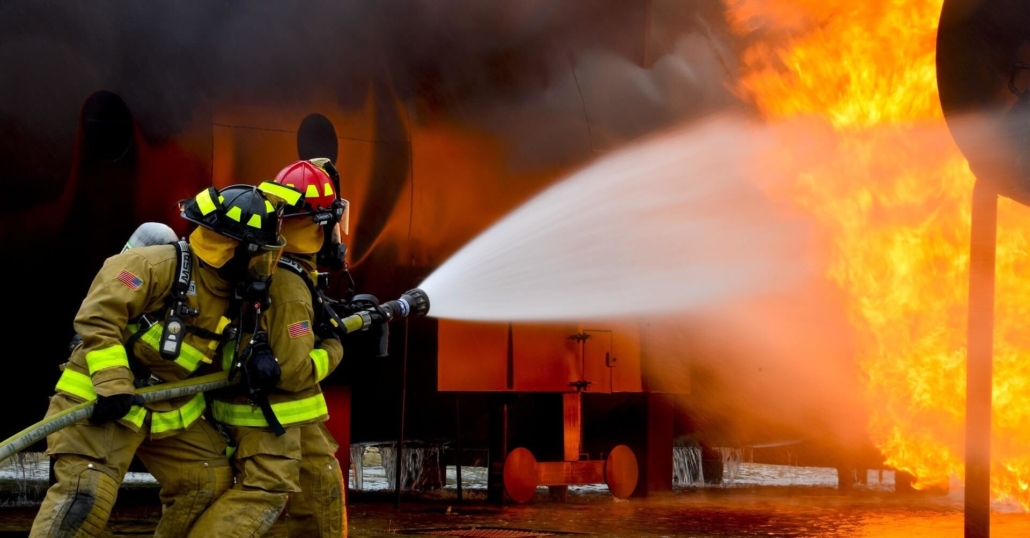Protection against fire is a must for every Sydney company. It’s not only legally required but an effective way of keeping employees, customers and property secured. A fire can cause devastating costs in the shortest time, but the risk could be mitigated or prevented by having the appropriate security measures put in place. The combination of fire inspections, electrical system testing and tagging, as well as conformity with CFSP rules all contribute to creating a safer work environment and ensuring that businesses are compliant with the Building Code of Australia and local council standards.

Why fire inspections are essential for safety
The first line of defence is fire inspections. The inspections verify that the fire protection system installed in a building is up-to-date and in good working order. In Sydney many businesses, they have to conduct inspections every six to twelve months, based on nature of the building and the council’s regulations. Inspections could include anything from sprinklers and smoke alarms systems as well as fire alarm panels, to hydrants, emergency lighting and even fire alarms.
Inspections are essential as they allow you to spot issues that are not obvious and before they turn into a danger. In a situation of emergency tiny flaw in a smoke detector, or a faulty fire hydrant may appear insignificant. The owners of businesses who regularly inspect their fire hydrants ensure they are complying with their legal obligations, and taking precautions against unexpected disasters.
Testing and Tagging Testing and Tagging: Addressing Hidden Electrical Security
Electrical systems are a leading source of fires in the workplace. This is the reason why testing and labeling is an essential part of every fire safety program. This includes checking electrical devices to make sure they are in good working order, are safe and reliable. Then the tag is visible attached to the equipment indicating it’s passed an inspection. For many businesses it is more than just a regular requirement it is a safeguard against the risk of risks that can go under the radar.
If they are not checked for wear, old or worn cables, appliances with problems, and outdated wiring can rapidly become fire hazards. Businesses can lower the risk of fires by regularly testing and marking electrical equipment. Additionally, it helps employees feel confident that their work environment is safe, creating confidence and trust within the workplace. When combined with fire inspections as well as testing, this complete security plan minimizes risks from a variety of perspectives.
The role of CFSP is certification and compliance.
In New South Wales, only an Competent Fire Safety Practitioner (CFSP) is able to certify and sign critical documents for fire safety, like Annual Fire Safety Statements. The introduction of CFSP accreditation has raised the standard of fire safety and ensures that only certified professionals evaluate and verify safety measures. For those who own businesses, having a CFSP means that reports and inspections aren’t just routine documents but reliable evaluations carried out by professionals.
The CFSP’s work goes beyond simply checking boxes. They offer detailed reports that verify compliance to regulations. Businesses that are not equipped with CFSP certification run the risk of being sanctioned or facing legal issues and even closing if they are deemed to be lacking in fire protection. Employing professionals who are certified will ensure that the fire safety system is in place correctly, and that all compliance requirements are met.
Safety in the Fire Service as an Ongoing Engagement
The safety of your fire system is an ongoing requirement for all business owners. The safety cycle is never ending with regular inspections, testing electrical systems constantly, and getting certification under CFSP supervision. Beyond the legal requirements This continuous process helps create an atmosphere of safety and security in the workplace. Employees can rest assured that evacuation plans have been formulated, smoke detectors are working the emergency lighting is verified, and the fire protection system is in place for use.
Treating fire safety as a continuous process rather than a yearly checkbox not only reduces risks but also strengthens a business’s reputation. If a workplace is geared towards safety, customers and clients will feel more comfortable. In the long run, investing in proactive fire protection saves the company money by preventing costly damages, fines, or legal fights, while protecting the lives of all that enters the building.
Conclusion
Sydney’s fire safety program is a multi-layered process that involves inspections, testing, tagging and the professional certification of an CFSP. Each of these elements is crucial to ensure that businesses are in compliance with the regulations and, more important, that individuals and their property are safe. If safety is made a constant element of business instead of an afterthought, businesses don’t just fulfill their legal obligations but also ensure a safer and durable environment for the next.